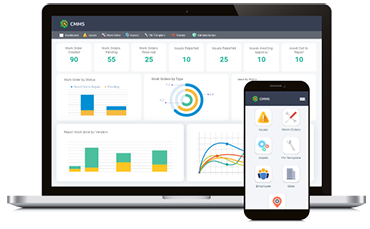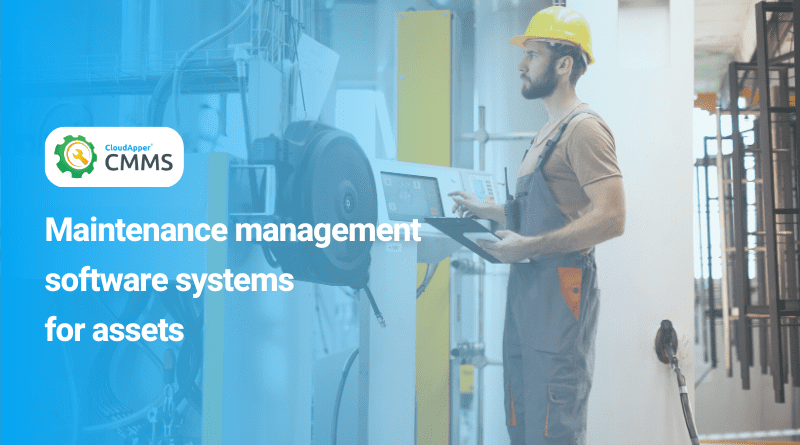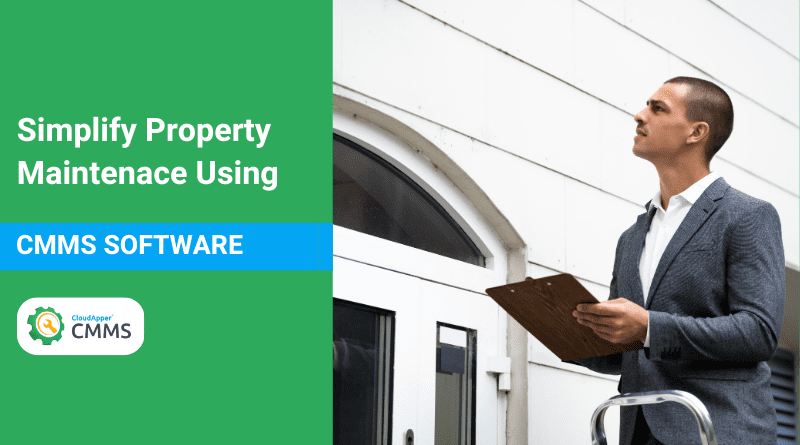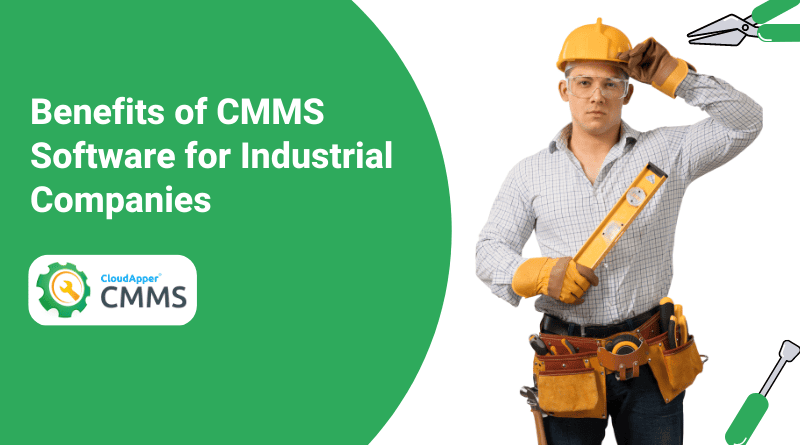CMMS Software is designed for businesses that want to streamline their facilities and maintenance tasks. Although CMMS software has traditionally been associated with big companies with intricate maintenance procedures, small businesses are increasingly adopting the technology.
CMMS Software for Small Businesses
While many small businesses still rely on manual spreadsheets to keep track of their maintenance plans, those with an eye for efficiency have turned to computerized maintenance management systems (CMMS). The limits of a spreadsheet system become increasingly apparent as a company expands and more complicated processes are included.
Spreadsheets can’t replace computerized CMMS software, but they can help you simplify and improve your facilities and maintenance operations. With the rising need for a CMMS solution in businesses of all sizes, numerous CMMS vendors have improved their products to make them more widely available, inexpensive, and user-friendly. In light of these developments, even very small organizations may profit from a CMMS.
Importance of CMMS Software for Small Businesses
Depending on the specific needs of the company employing it, CMMS software may provide everything from the most basic to the most advanced features. Small firms may greatly benefit from the features offered by a CMMS, which include but are not limited to: maintenance management tracking; preventative maintenance scheduling; inventory management; reporting; asset monitoring; buying; and more.
A CMMS may be a game-changer for small organizations without breaking the budget since there are so many capabilities to select from, and these features are available for most of the solutions out there.
Concerns About Adopting CMMS Software For Small Businesses
Why would any company, no matter how small, hesitate to use CMMS software when the advantages are so evident? In 2016, 45 percent of facility managers still relied on time-consuming, inefficient manual techniques to plan preventative maintenance. The (hoped-for) benefits are appealing, but the challenges and dangers of implementation prevent most organizations from taking the leap.
- Exposure to Risk
The benefits of CMMS software depend on how well it is implemented. Studies show that over 40% of maintenance management systems fail, making them a significant risk for a startup. A larger company might weather the storm of wasted time and money, but a tiny one may not survive. It seems safer to choose a less-efficient method that still gets the job done.
- Training for Use
Businesses must invest time not only in installing CMMS software but also in training employees to utilize it effectively. For less established companies, this may have both positive and negative effects. One downside is that they could only be training a small team. However, employees are not productively contributing to the company’s operations during training sessions. In smaller companies, there is rarely another employee who can step in and help out.
- Expensive Initial Phase
A small firm may feel overwhelmed by the large outlay of cash needed to purchase CMMS software and associated hardware. Many would rather continue to use a flawed but functional solution that redirects investment from somewhere else, even if the payback time is expected to be short. If something else hasn’t changed, this has. Maintenance management software installed on a company’s servers is more expensive than the latest generation of cloud-based, monthly subscription services.
Benefits Small Businesses Get From CMMS Software
- Real-Time Update
To do your job well, you need a real-time overview of your activities. Processing times tend to grow when data is entered manually across numerous spreadsheets. It’s possible that the urgency of a work or an emergency won’t become apparent until it’s too late. CMMS software provides real-time data on everything so that you do not miss a beat.
- Analytical Reporting
Other drawbacks to using spreadsheets for maintenance management include poor analytics and reporting. Although savvy user may make their own bespoke reports, doing so involves a significant investment of work upfront and ongoing maintenance. Suppliers of CMMS products are aware of the significance of various metrics and KPIs. Immediate access to critical information, including those detailing outstanding service orders and predictive maintenance projections, is provided.
- Preventing Mistakes
Maintenance management on spreadsheets has too many opportunities for human error. A missed bracket or incorrectly copied sentence might derail your whole upkeep program. It might take months, or even years, for these mistakes to be uncovered. A CMMS will safeguard your calculations and formulas against accidental changes.
CloudApper CMMS is one the most versatile CMMS software that can be implemented in various businesses both large and small. Thanks to its personalized approach CloudApper CMMS is perfect for small businesses. Contact us to learn more about how CloudApper CMMS can transform your small business.


















